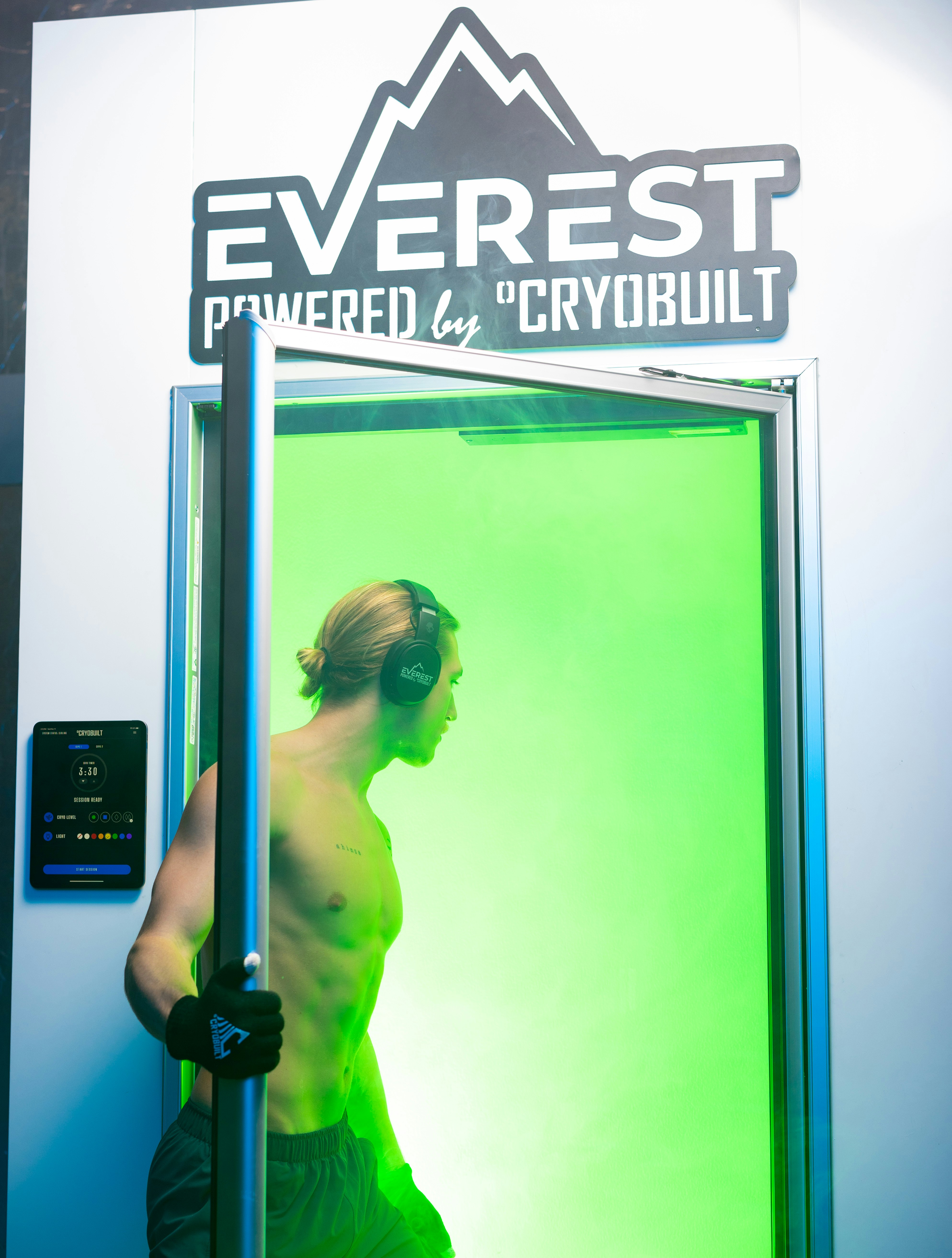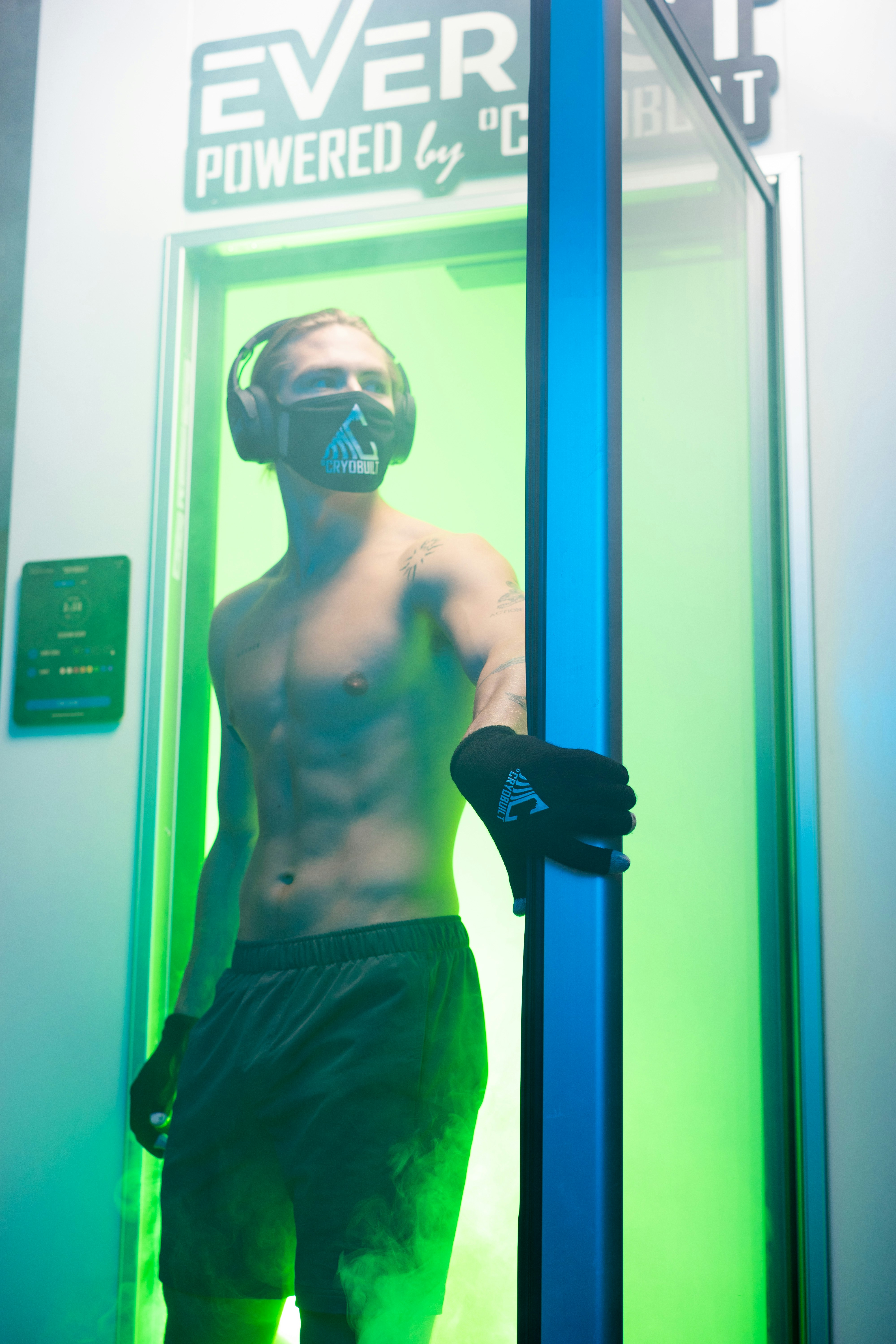Have you ever wondered why athletes are increasingly experimenting with cold plunges as part of their recovery and performance strategies? You’re not alone. The intersection of cold immersion and enhanced athletic output is a topic that has piqued the interest of sports enthusiasts and scientists alike. It’s fascinating how the chill of icy water might hold the secret to pushing physical limits further and quicker. Let’s journey into the science behind cold plunges and their profound impact on athletic performance, focusing on making complex ideas easy to grasp and quite possibly transformative for your personal fitness journey.
Understanding Cold Plunges
Cold plunges, often synonymous with ice baths, refer to immersing oneself in extremely cold water for therapeutic purposes. Typically, the water temperature ranges from 50°F to 59°F (10°C to 15°C). The sensation might initially shock your system, stimulating an intense physiological response that, over the long haul, could benefit your athletic output in numerous ways.
The Origin of Cold Plunge Therapy
Tracing back to historical practices, cold water immersion has been part of diverse cultures for centuries. The ancient Greeks and Romans were known to use hot and cold baths to promote wellness. Today, many professional athletes have adapted these age-old techniques into modern recovery rituals, guided by advancing scientific insights and technological capabilities.
The Science Behind Cold Plunging
The practice of submerging in cold water revolves around understanding the physiological responses of your body. When exposed to cold, the body undergoes vasoconstriction, reducing blood flow to the extremities to preserve core body temperature. This process minimizes inflammation and promotes recovery by flushing metabolic waste from muscle tissues.
Cold Immersion and the Inflammatory Response
Exercising causes microscopic tears in muscle fibers, leading to an inflammatory response as part of healing and strengthening. Cold immersion helps reduce inflammation by constricting blood vessels, which minimizes swelling and discomfort. This aspect has made cold plunges a popular tool to aid recovery post-training or competition.
Neurochemical Effects of Cold Plunging
Immersing in cold water impacts the release of neurotransmitters such as norepinephrine, serotonin, and dopamine. Enhancing these chemicals can improve mood, focus, and overall mental resilience, crucial aspects for athletes facing competition pressure.
Cold Plunges and Athletic Performance
While recovery is vital, cold plunges may also play a role in directly enhancing athletic performance. Here’s a breakdown of how it interlinks with various elements of physical activity.
Muscle Recovery and Regeneration
Beyond minimizing inflammation, cold plunging tightens muscle fibers, thereby reducing the risk of injury during high-intensity workouts. This means you’re in better shape to keep pushing your limits without the downtime usually associated with muscle strain.
Improved Circulation and Cardiovascular Benefits
Regular cold plunge sessions can improve your cardiovascular system’s efficiency by enhancing blood flow regulation. With better circulation, muscles receive more oxygen and nutrients, essential for peak performance.
Psychological Benefits of Cold Plunging
Sports are as much a mental game as a physical one. The psychological effects of immersing in cold water are equally impressive and might just give you the mental edge needed for success.
Enhancing Mental Toughness
The practice of enduring discomfort during cold immersion trains your mind to tolerate stress and pain better. This resilience translates into athletic scenarios where mental fortitude is crucial in overcoming physical limits.
Stress Reduction and Mood Improvement
Experiencing high performance requires managing stress effectively. Cold plunges stimulate the production of endorphins and other mood-enhancing chemicals, potentially reducing anxiety and depression, common hurdles in athletes’ mental health.
Practical Considerations for Cold Plunging
If you’re intrigued by the potential benefits of cold plunges, it’s crucial to understand the best practices to optimize outcomes and mitigate any health risks.
Optimal Duration and Frequency
Research suggests immersing for 10 to 15 minutes in water at the appropriate cold temperature is optimal for recovery. However, the frequency can vary based on individual needs, ranging from daily sessions to a couple of times a week.
| Aspect | Recommended Practice |
|---|---|
| Duration | 10-15 minutes |
| Frequency | Daily to 2-3 times a week |
| Water Temperature | 50°F to 59°F (10°C to 15°C) |
Ensuring Safety
Before embarking on cold immersion, consult with a healthcare or sports professional, especially if you have underlying health conditions or cardiovascular issues. Enter the water gradually and ensure the area is safe and supervised.
The Debate: Benefits vs. Risks
While many tout the benefits of cold plunges, there remains debate in the scientific community about its universal efficacy. It’s vital to weigh these aspects based on your personal athletic goals.
Potential Downsides
Cold immersion might not be ideal for everyone. Some studies suggest it may impair muscle gains or adaptions from training. The key is moderation and understanding your unique body’s response to cold therapy.
The Balancing Act
Like any training tool, the effectiveness of cold plunges depends on how it’s integrated into a broader regimen. Balancing cold immersion with other recovery strategies, such as active recovery and balanced nutrition, is crucial.

Setting a Cold Plunge Routine
If you’ve decided to make cold plunges part of your athletic routine, here’s a simple guide to get started.
Building Your Protocol
Identify when cold plunges fit into your training schedule. Post-exercise immersion is popular, but you might find benefits pre-workout for an energizing effect.
Personalization
Pay attention to how your body feels post-immersion. Adjust the duration and frequency according to performance improvements and safety, ensuring you maintain a holistic approach to fitness and recovery.
The Future of Cold Therapy in Athletics
The world of sports science continually evolves, and cold therapy is no exception. Researchers are delving deeper into the precise mechanisms and personalizations required to maximize its potential.
Advancements and Innovations
Emerging technologies such as cryotherapy chambers and customized cold immersion protocols are paving the way to optimize recovery strategies. Stay informed about new developments and be open to experimenting under professional guidance.
Embracing a Cold Plunge Lifestyle
For many athletes, integrating cold plunges has become more than just a recovery tool; it’s a lifestyle choice. This holistic viewpoint embraces overall well-being and performance enhancement, making it a core component of athletic life.

Final Thoughts
As you consider incorporating cold plunges into your regimen, remember that each body responds differently. The key is to stay informed, start gradually, and listen to your body’s cues. With careful practice, cold immersion might just become the chilly ally you need to push your athletic limits further than ever before. Stay curious and open-minded, and your journey towards enhanced performance might just lead you to extraordinary heights.




